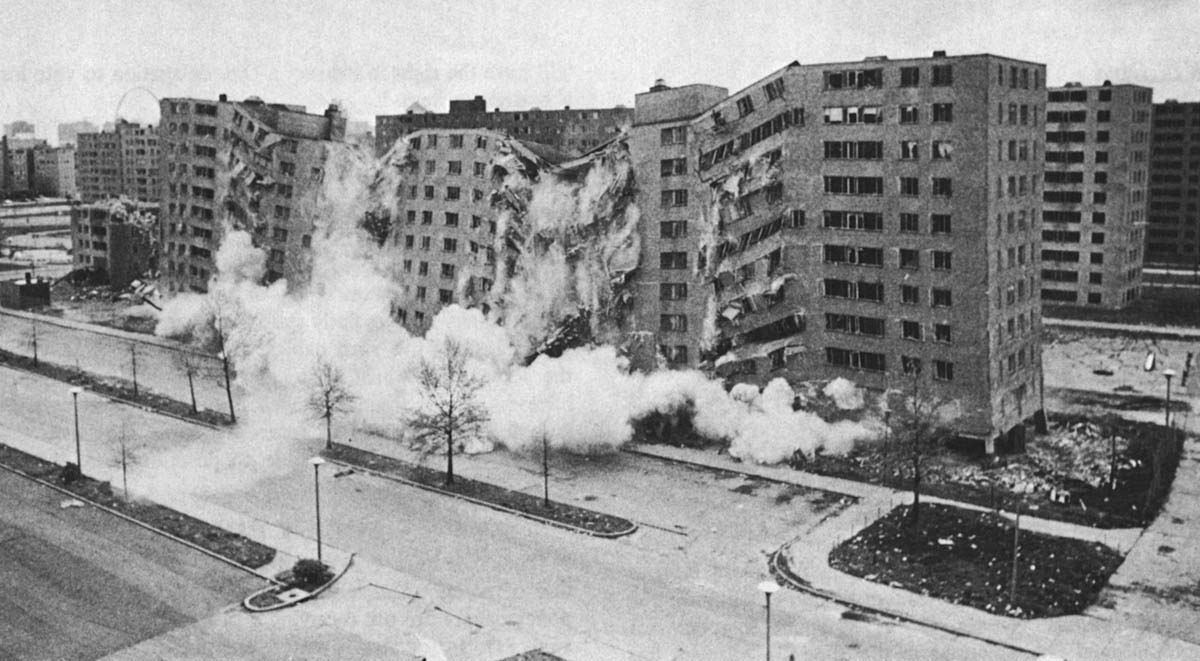Part of a special report on solutions for housing affordability in San Francisco. A version of this story ran in the summer 2014 print edition.
The road to hell is paved with good intentions and, very often, good urban planning policy ideas too. San Francisco and the Bay Area are no strangers to that road.
Yet as talk of a housing crisis grows — and so too, the conversation about bold solutions — the region may need a new attitude more than new ideas to avoid the mistakes of the past.
The problem, researchers say, is that cities are magnificently complex systems — meaning that they comprise hundreds of thousands of homes, apartments, businesses, parks and so on, that interact.
In any complex system, adjusting one component — adding homes on the waterfront, say — can have far-reaching consequences elsewhere in the system.
Those consequences mean that controlling such systems is a challenge at best, and housing is no exception.
Housing is so complex “that it’s hard to design a good policy from the get-go,” said Eugene Bardach, emeritus professor of public policy at the University of California, Berkeley’s Goldman School of Public Policy. “There are so many facets.” These include effects on environment, neighborhood character, citywide rents and the regional economy, to name a few.
That is not to say that policy experts are incapable of designing good solutions.
Massachusetts Institute of Technology urban planning professor Phillip Clay said developers such as in San Francisco’s Bridge Housing have learned much from the mistakes of the past across the country — particularly with the “urban renewal” fad in the 1950s and 1960s.
Clay cited the massive, troubled Cabrini-Green housing project in Chicago and the Pruitt-Igoe projects in St. Louis, where a lack of green space, poor management and other factors combined to create a “serious problem in developing social fabric” — isolation, physical decay and gang violence. Both cities, decades later, demolished these projects and started over — at great expense and inconvenience to residents.
Rather, it is hard to know before a policy is put into effect whether something will backfire spectacularly, as did the U.S. Economic Development Administration’s 1966 plan to create new jobs and jumpstart the economy in Oakland.
The effort failed, Bardach said, because it subsidized developers that promised, but then failed, to hire workers from Oakland.
“You should have been paying for performance,” Bardach said, so that developers followed through on their promises.
Perhaps planners could have seen that problem coming, but in complex systems, it may be impossible to discover the real consequences of a policy until the implementation stage.
And that is if a city can differentiate its values from its goals.
Any urban planning effort comes with a set of values that go into the design, said Luis Bettencourt, a complex-systems researcher at the Santa Fe Institute in New Mexico.
In San Francisco, he said, those values include fostering a culture of creativity, which has been a double-edged sword. Encouraging edgy neighborhoods full of coffee shops and artists ends up attracting new residents and businesses, increasing rents and ultimately homogenizing the neighborhood.
Gentrification, in other words, has been an unintended side effect of one of San Francisco’s core values, Bettencourt said. Despite the good intentions, “it’s pulling the city apart.”
Planners must always ask “what’s next?” and revisit their values and goals in order to evaluate and evolve their policy solutions, Bettencourt said. For more on cities as complex systems, see Bettencourt’s working paper, “The Kind of Problem a City Is” and his paper on city dynamics in the journal Science.
That may at times mean making uncomfortable decisions, such as whether the city needs to let go of its historic buildings and designs to maintain its creative culture.
Still, researchers do not agree on exactly what solutions should look like. Bettencourt suggests there is “no single solution” to the housing crisis, and that many smaller-scale solutions — rather than launching a big program and deciding the problem is solved — may be a “liberating” approach.
Bardach is not so sure about thinking small in order to tackle big problems. In a complex system like a city, what works for 20 families may not work well for 4,000. “That makes a lot of sense” for medical drug trials or programs for at-risk youth, Bardach said, but may not have the scale to address a whole city’s growing affordable housing needs.
Part of a special report on solutions for housing affordability in San Francisco. A version of this story ran in the summer 2014 print edition.










